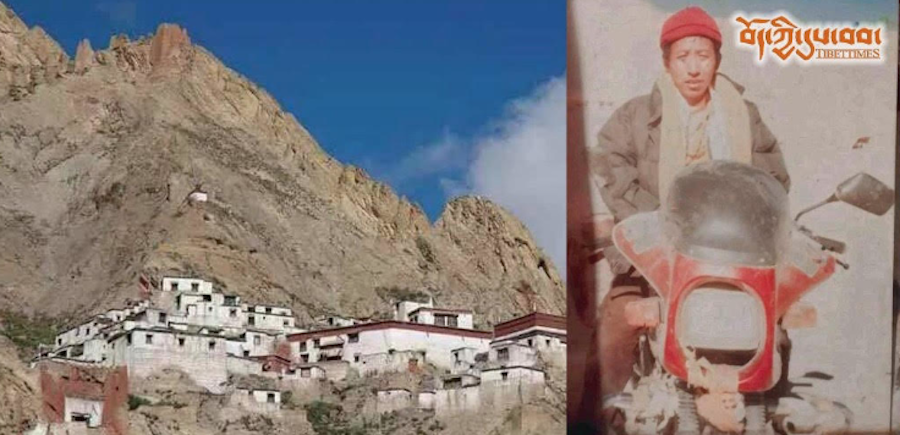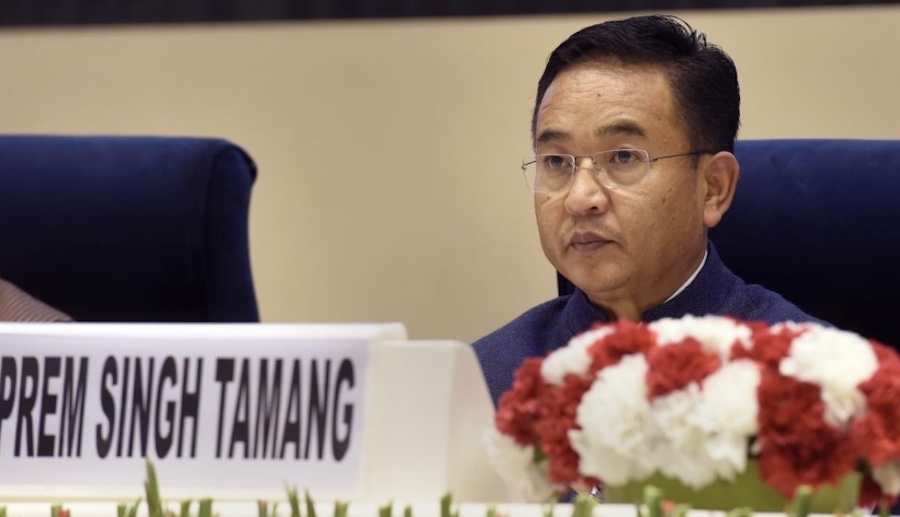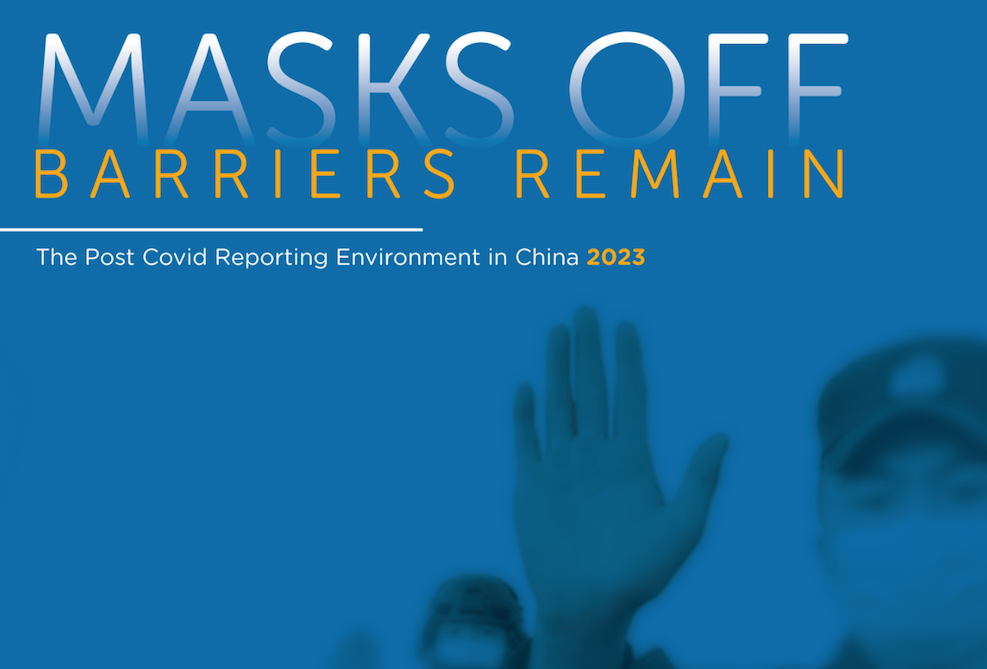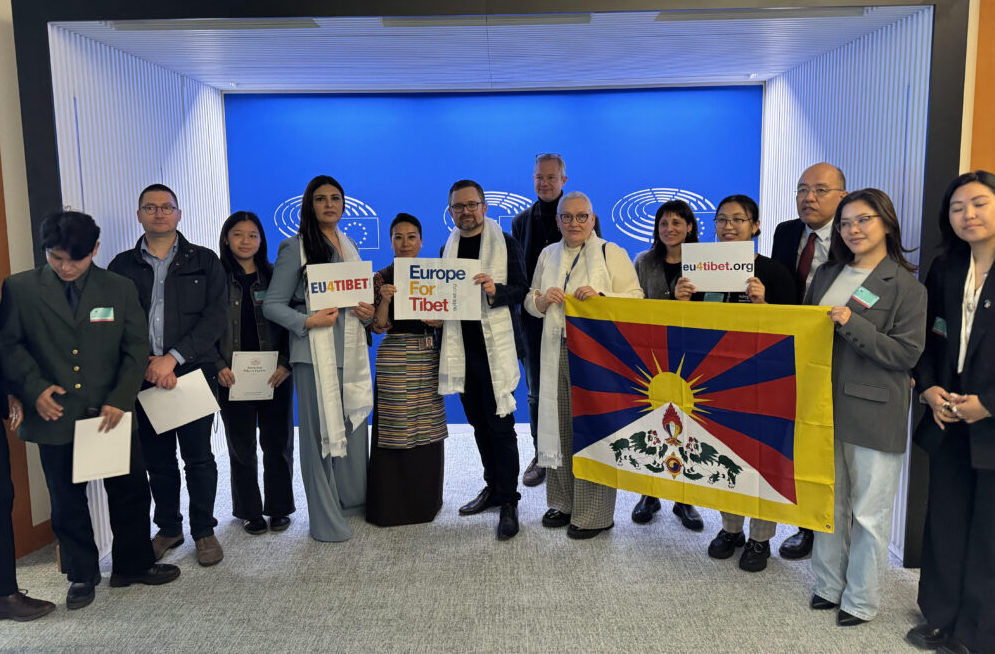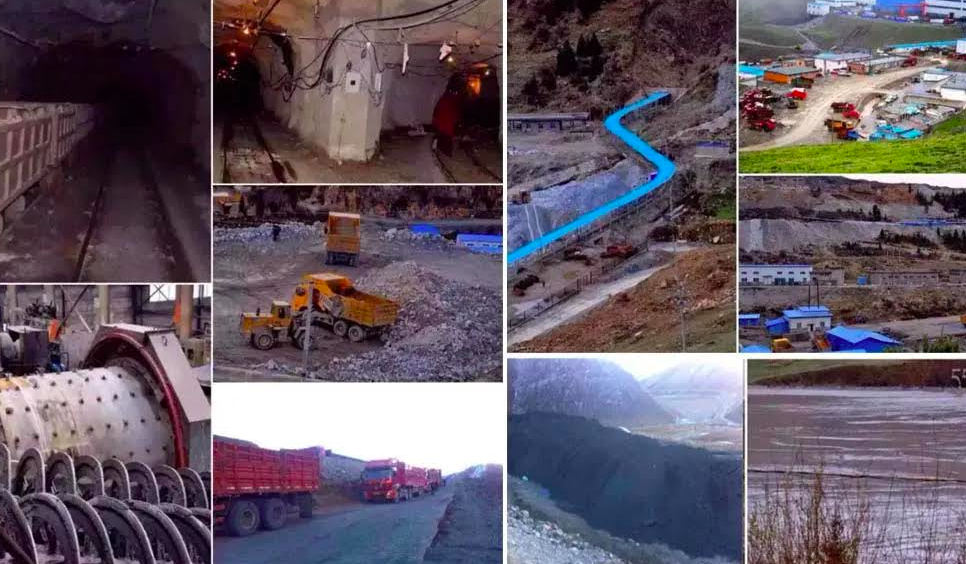 Angry Monk: Reflections on Tibet, a film by Swiss visual anthropologist Luc Schaedler, premiered at the Sundance Film Festival in Park City, Utah on January 22, 2006. This is a short review of the film.
Angry Monk: Reflections on Tibet, a film by Swiss visual anthropologist Luc Schaedler, premiered at the Sundance Film Festival in Park City, Utah on January 22, 2006. This is a short review of the film.
Touted as a film about the life of Gendun Choephel, the movie is less a complete biography than an analysis of the monk’s conflict with the norms of Tibetan Buddhism and society. The director, a non-Tibetan speaker with a translator and no permission from the Chinese to work, embarked on a retracing of Choephel’s life and more so his travels within Tibet and India. From his birth in a small village in Eastern Tibet, his time in the local Labrang Monastery, and into his years at Drepung, the young Choephel was apparently a very unique individual with a talent for debate and art. Through interviews with family, friends, and Tibetan scholars (in and out of Tibet) the film-maker attempts to piece together the life of a monk who was much misunderstood in his lifetime. While going out of his way to shatter any notions of pre-invasion Tibet as a peaceful Shangri-la, Schaedler focuses on the human nature aspects of Choephel’s life as a mirror for modern Tibetans in which to ponder their changing identity.
Using archived footage of Tibetan militia groups, the 1951 Chinese march into Tibet, monks throwing stones as rioters in the late 80’s Lhasa Uprising, rural poverty, disillusioned people in modern Lhasa dance clubs, and proliferation of Chinese leisure activities, the director lays a historical backdrop for Choephel’s life from the past in constant contrast to modern changes.
Choephel comes across in the film as a disillusioned monk who eventually leaves the monastic life to travel to India after unearthing rare texts in monasteries in Tibet with an Indian scholar, of which many were destroyed during the Cultural Revolution. In India, he gains worldly knowledge and indulges in activities that celibate life prohibited.
The film depicts Choephel as a very open-minded person who familiarized himself with all walks of life and culture. To illustrate that, the film uses anecdotes from his former travel companion, friends, and his own journal. Early in his travels he was taking notes for the purpose of his own knowledge, but as his experience grew, he wrote specifically for an audience. He worked as a ‘reporter’ for an early journalistic endeavor called the ‘Tibetan Mirror,’ translated several scholarly works, including a controversial Tibetan version of the Kama Sutra, and a well known travel guide to Buddhist holy sites in India.
Though he is purported to have traveled from Rawalpindi to Kolkata and as far as Sri Lanka, parts of Choephels life, like his sojourn in Manali in Himachal Pradesh, were left out of the film as were more personal and religious segments. In that sense the film-maker was pursuing a model of the monk as a rebel yearning for a change in his society, rather than a monk abroad on pilgrimage to holy sites.
Choephel was frustrated with the orthodox, non-progressive way in which Tibetan religious politics and tradition were restricting the incorporation of positive modern developments from abroad. As he was exposed to more and more political ideas, including the Independence Movement in India, as well as scientific and technological progress in other parts of the world, Choephel became convinced that Tibet was in a womb of ignorance. However before he could find a way to share his knowledge of, not only the modern world and it’s positive points, but also the errors of Tibetan history as a learning tool for then current policy, the Tibetan government suspected him as a communist/revolutionary based on information sent by British Intelligence in India and promptly imprisoned him. The years he spent in prison were harsh on him and he died a broken man at the age of forty-nine, just two years after leaving prison and shortly after seeing the invasion of Lhasa by Chinese troops in 1951.
Gendun Choephel lived in the first half of the 20th century and could not succeed in bringing modernity to Lhasa. He was conflicted in much the same way the many young Tibetans-in-exile are today. Trying to accommodate the seduction of modern life with the respect for tradition has many young Tibetans confused at how to negotiate their own identity. Tibetans will hopefully find inspiration from the life and struggles of the ‘angry monk’ and we believe that to be the film-maker’s hope.
Reviewed by Yangchen Dolkar & John Lambert





